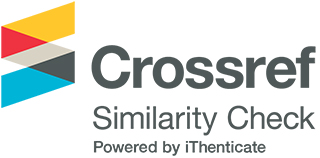Using PLS Path Modelling in Education System: A Model to Measure the Academic Performance Score
DOI:
https://doi.org/10.33422/ejte.v3i3.643Keywords:
Academic Performance , Academic Ranking, Educational System, Multivariate Analysis, University RankingAbstract
Partial Least Square (PLS) was used the path modelling. Latent variables such as staff, institution (administration, number of enrolments, quality of laboratories, rooms, etc.), incentive applied for research and Academic Performance Score (APS) were proposed. The indicators available on Brazilian universities were chosen for this article, they were tested and duly validated, as well as the reliability of these items and the variables represented by them. The result was the model explains satisfactorily well the Academic Performance Score (APS) with a R2 of 70.6%, with the Institution contributing the most to the model, for approximately 35.4%. Next, the incentive to research contributes 29.2%. In addition, the hypotheses generated in this article, except one, adequately support the model.













